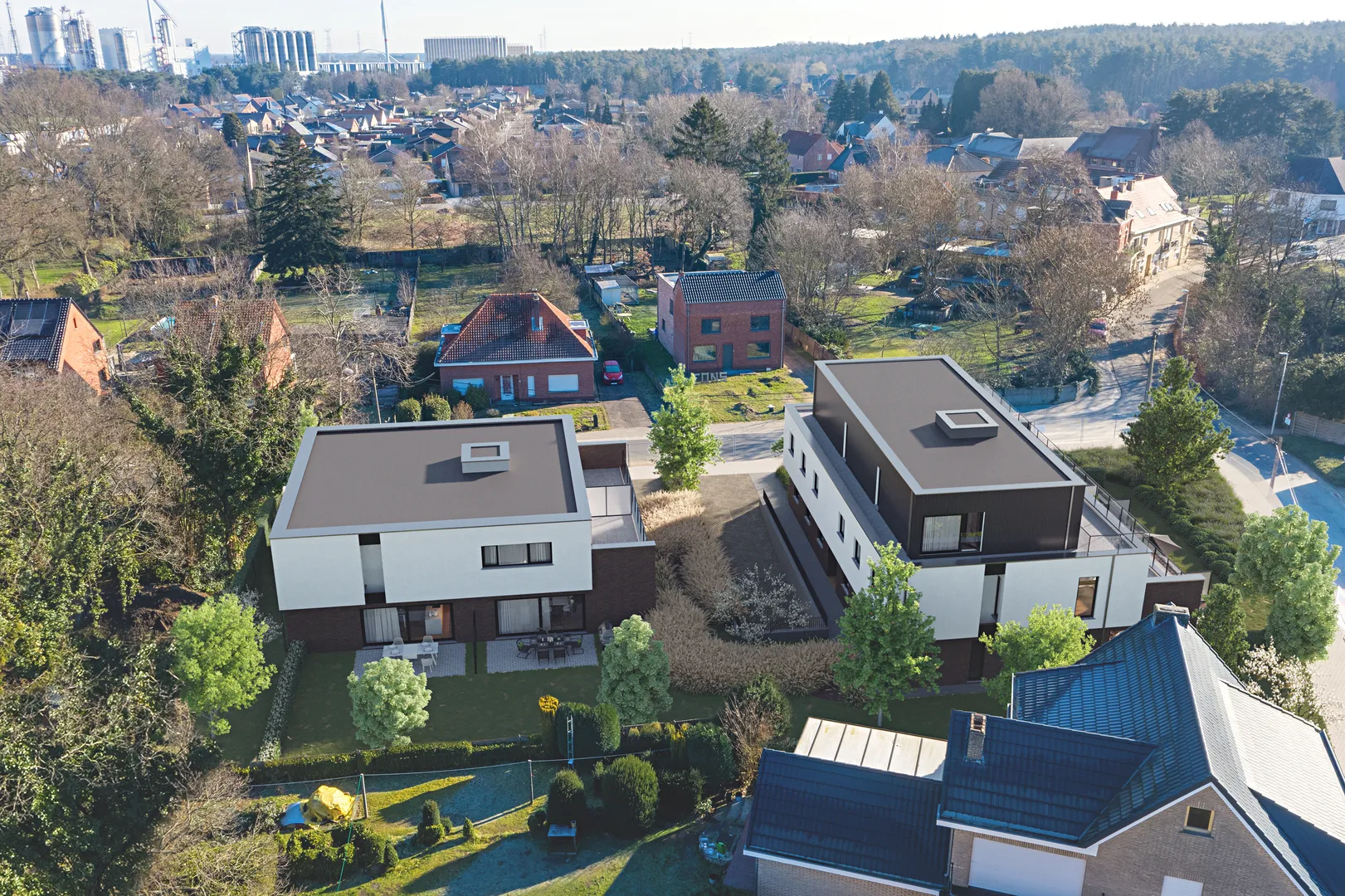
3D visualizations of large-scale residential developments: visualizing complexity
Larger residential developments are a particular challenge in architectural visualization due to their complexity, scale and the integration of diverse housing typologies into one coherent plan.
These projects, whether it concerns a residential area, a large-scale apartment complex or a complete area development, require visualization techniques that can show both the bigger picture and the individual components.
The added value of 3D visualizations is particularly evident in larger residential projects, where traditional presentation methods fail to communicate spatial quality, coherence and living environment.
For project developers, urban planners and municipalities, these visualizations are an essential means of communication, both in the planning phase and in gaining support and final marketing.
An effective visualization of a major residential development shows not only the buildings, but also the infrastructure, public space, landscape design and how the project relates to its surroundings.
The challenges of 3D visualizations for large-scale residential projects
Visualizing large-scale residential developments involves specific challenges that require a specialized approach.
The scale requires a clear hierarchy in detail, where strategic choices must be made about which elements are detailed and which are shown more schematically.
The diversity of building typologies, from single-family homes to apartment buildings, requires a coherent visualization style that forges the various elements into a coherent whole.
Visualizing the phasing is often crucial for larger developments, as these projects usually extend over several years and stakeholders want insight into how development unfolds over time.
Research shows that stakeholders, from funders to potential residents, make better-informed decisions when they have access to visualizations that provide insight into the scale, context and quality of life of large-scale projects.
Technical aspects of 3D visualizations for large residential projects
The effective visualization of large-scale residential projects requires advanced techniques that combine both technical precision and emotional expressiveness.
Geographic accuracy is the foundation, integrating altitude models, GIS data, and aerial imagery to create an accurate context in which the new project is placed.
For masterplan visualizations, different representation styles are often combined - from photorealistic elements in the foreground to more conceptual or schematic representations of elements in later phases.
Bird's eye views and axonometric views are particularly valuable for larger projects, as they provide an overview that shows the proportions, distribution and composition of the plan.
Integrating human elements and activities is essential to communicate the scale and vibrancy of the project, carefully populating the visualization with pedestrians, traffic and recreational activities that match the character of the development.
Modern visualization techniques such as interactive 3D models, animations, and VR applications offer additional opportunities to explore large-scale developments, allowing users to virtually navigate through the plan and experience the project from different perspectives.







